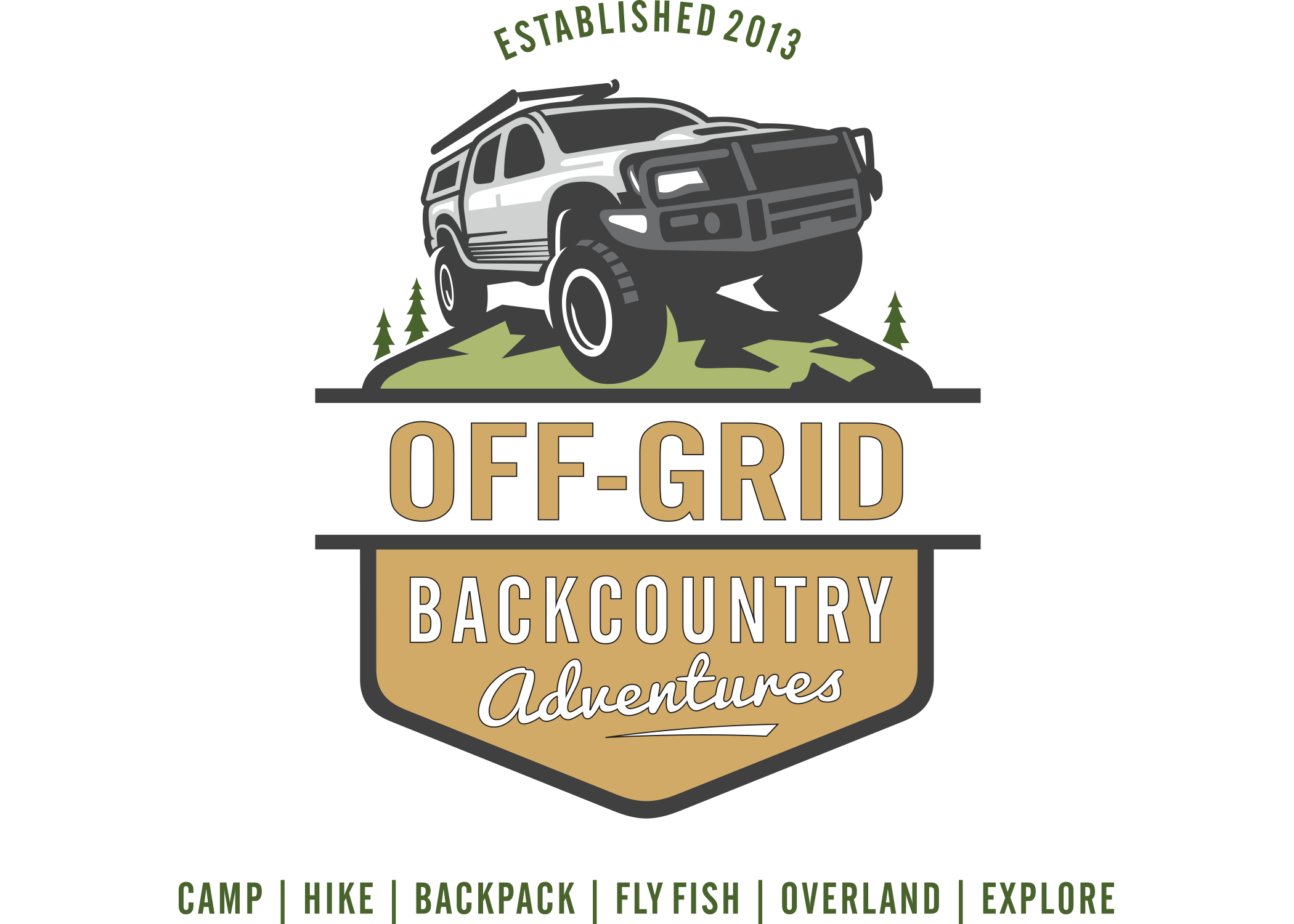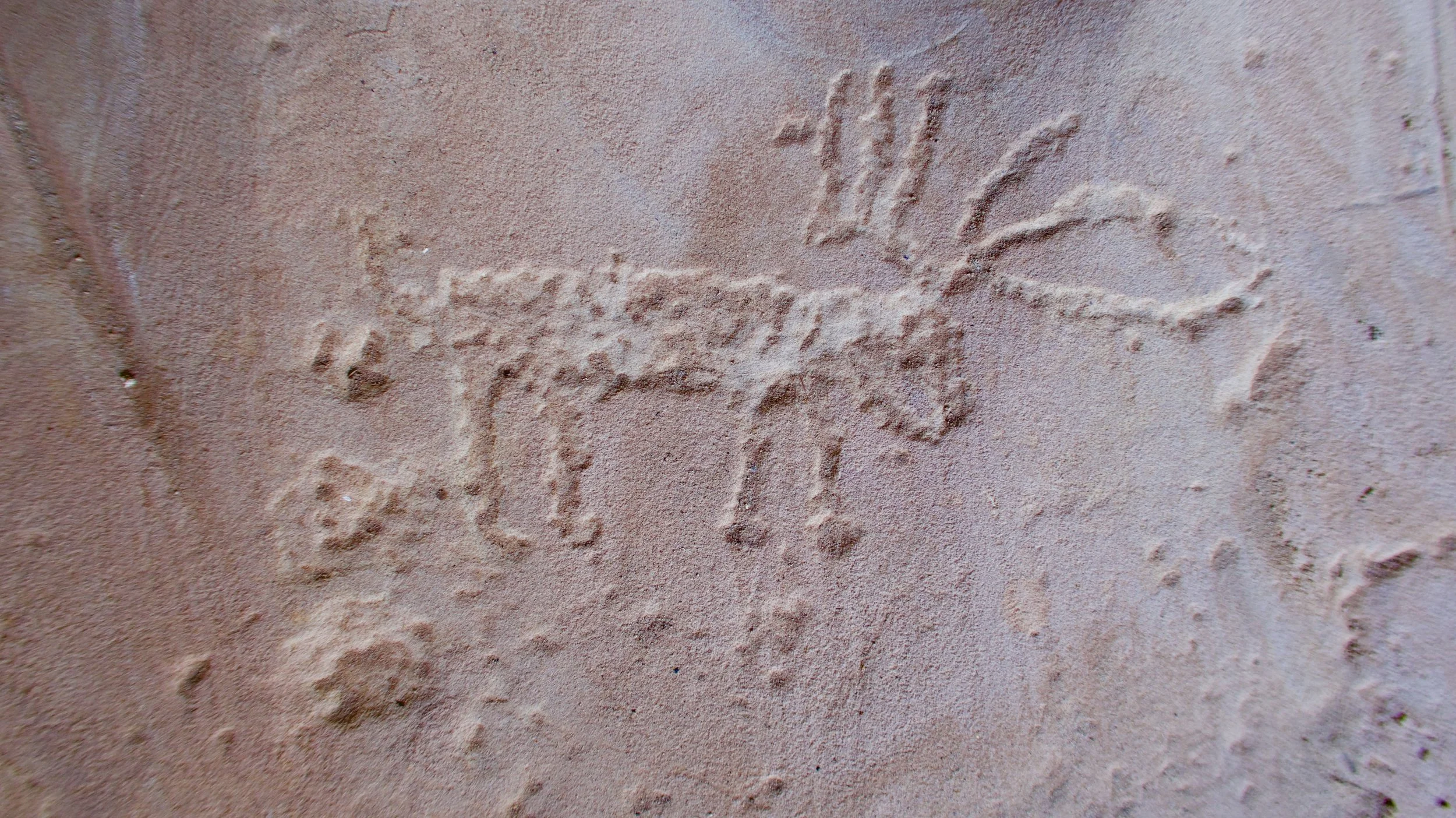The Four Corners: Historic Periods from 12,000 B.C. to 1,500 A.D. at Bears Ears National Monument
Bears Ears National Monument is located in an area of the country called The Four Corners consisting of the southwestern corner of Colorado, southeastern corner of Utah, northeastern corner of Arizona, and northwestern corner of New Mexico. The Four Corners area is named after the quadripoint at the intersection of approximately 37° north latitude with 109° 03' west longitude, where the boundaries of the four states meet, and are marked by the Four Corners Monument. It is the only location in the United States where four states meet.
Human activity in this area can be traced back as far as 14,000 years ago to a Clovis site situated on Lime Ridge located just southeast of Cedar Mesa proper. These individuals traveled in small groups over large territories and hunted now-extinct mammals. As technology and societal structure advanced, people began living together in larger groups with more complex building arrangements. Below you will find information of the different periods from 12,000 B.C. to 1,500 A.D. Note the difference in building styles, living arrangements, basketmaking, and pottery. By 1200 A.D. the area was wrought with warfare and by 1290 A.D. most of the inhabitants moved away from the Four Corners area to established communities in the south or southeast. To view a complete historical account of Bears Ears, please visit the link below from the Archeological Experts Gathering from 60 archeologists, The Friends of Cedar Mesa, and Archeology Southwest.
Bears Ears: Archeological Experts Gathering Report
Chronology of Bears Ears
The information below is from Dr William Lipe, 1990 Crow Canyon Archaeological Center.
Date: A.D. 1350-1500
Period: Pueblo IV
Distinct Characteristics: Large plaza oriented pueblos in Rio Grande and Western Pueblo Areas; low kiva to room ration; kachina cult widespread; corrugated replaced by plain utility types; B/W pottery declines relative to red, orange, or yellow types.
Date: A.D. 1150-1350
Period: Pueblo III
Distinct Characteristics: Large Pueblos and/or “revisionist great houses” in some areas; dispersed pattern in others; high kiva to room ratios; cliff dwellings; towers; triwalls; corrugated gray and elaborate B/W pottery, plus red or orange pottery in some areas; abandonment of Four Corners by 1300.
Date: A.D. 900-1150
Period: Pueblo II
Distinct Characteristics: Chacoan fluorescence; “Great Houses,” great kivas, roads, etc. in many but not all regions; strong differences between Great Houses and surrounding “unit pueblos” composed of a kiva and small surface mason room block; corrugated gray and elaborate B/W pottery, plus decorated red or orange types in some areas.
Date: A.D 750-900
Period: Pueblo I
Distinct Characteristics: Large villages in some areas; unit pueblos of ‘proto-kiva’ plus surface room block of jackal or crude masonry; great kivas; plain and neck banded gray pottery, small frequencies of B/W pottery; bow and arrow replaces atlatl; beans add to cultigens.
Date: A.D. 500-750
Period: Basketmaker III
Distinct Characteristics: The Bears Ears area was largely abandoned between 400 A.D. and 650 A.D. Activity was greatly diminished during this time period.
Date: A.D. 50-500
Period: Basketmaker II Late
Distinct Characteristics: Habitation is shallow pithouse plus storage pits or cists; dispersed settlement with small low-density villages in some areas; campsites important as well; no pottery; atlatl and dart; corn and squash but no beans; upland dry farming in addition to flood plain farming.
Date: A.D. 50-B.C 1500
Period: Basketmaker II Early
Distinct Characteristics: Long term seasonal use of caves for camping, storage, burial, rock art; San Juan Anthropomorphic style pictographs and petroglyphs; camp and limited activity sites in open; no pottery; atlatl and dart; corn and squash but no beans; cultivation of primarily flood plan or runoff based.
Date: B.C 6000-1500
Period: Archaic
Distinct Characteristics: Subsistence based on wild foods; high mobility; low population density; shelters and open sites; atlatl and dart; no pottery.

